
The Innsbruck School of Peacestudies
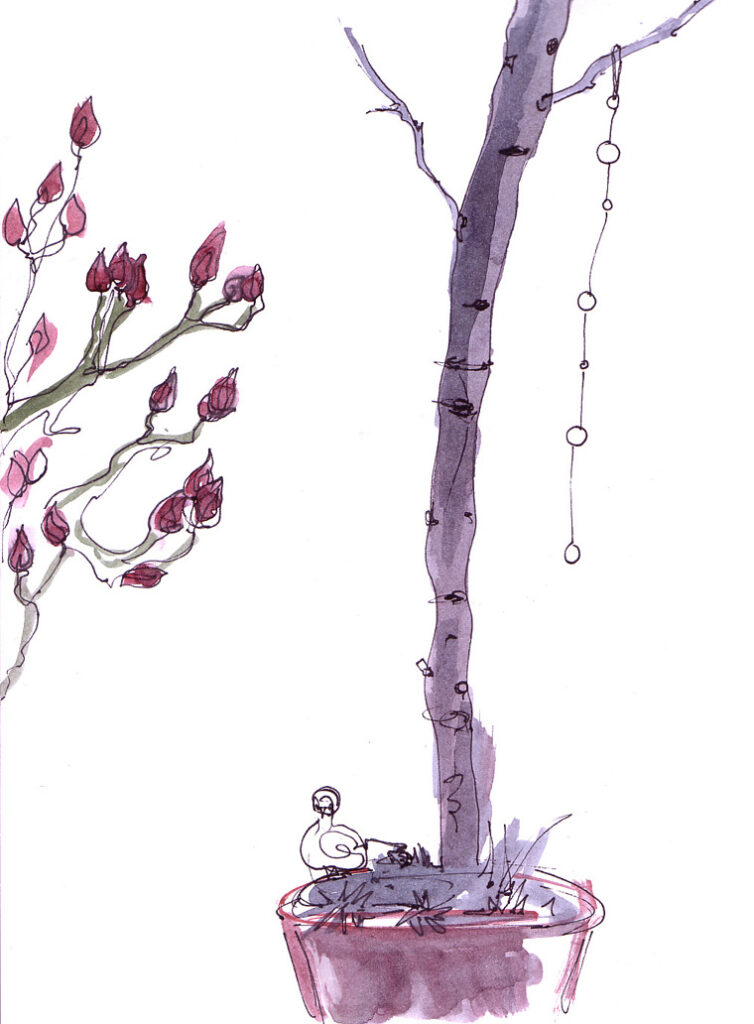
The Innsbruck School of Peace Studies never had an address. It could not be found in the directory; and there was no executive board. Like the historic Chicago School of Sociology, the Paris School of Medicine, the Vienna School of Music or the Frankfurt School of Philosophy, the Innsbruck School never existed as an institution or organization. The term denominates only the informal academic context that developed since the turn of the millennium surrounding the Master Program for Peace, Development, Security and International Conflict Transformation of the University of Innsbruck.
Its point of origin was the post-structural renunciation of the one peace as metaphysic singular tantum. European philosophical traditions had imagined peace as such. The Innsbruck Scholl turned the orientation to the many situational, relational and dynamic peaces as a plural. From this postulation derive various peace-philosophical approaches and methods, and practical consequences for applied conflict work. Curricular and didactic considerations for peace studies built on that that are often vaguely merged under the title Innsbruck School.
Thus, sometimes this term is but another name for the somewhat bulky denomination transrational peace philosophy. Sometimes it corresponds with elicitive conflict transformation as a method. This played an important role in this context, although it was originally not created in Innsbruck but taken from John Paul Lederach and it has been applied by many. Sometimes the term alludes to the experimental, experience and body-oriented forms of academic learning in groups. Peace studies in Innsbruck earned a reputation for this.
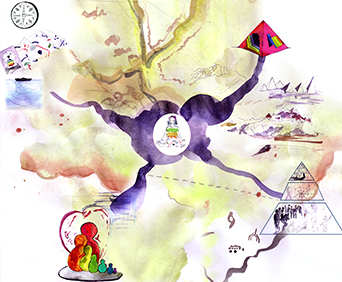
The Master Program for Peace, Development, Security and International Conflict Transformation was established in 2001 in the frame of the continuing education program, Weiterbildung, according to §§ 23-26 Universitätsstudiengesetz 1997. From the very beginning it followed the criteria of the then brand-new Bologna Process for a European Higher Education Area. After a pilot semester the curriculum was adjusted to the new Universitätsgesetz 2002.
In 2012, another update of the Curriculum followed. In 2022, the Innsbruck Peace Studies, became the first program in the history of Austrian universities to have been converted from continuing education to regular studies
This transition may attest to the outstanding academic quality of this study program, while simultaneously bringing the stealthy story of the so called Innsbruck School with its many particularities to an end by superposing it with the tight requisites of regular studies.
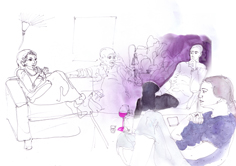
In 2008, the UNESCO Chair for Peace Studies was established at the University of Innsbruck. In 2017 followed the Unit for Peace and Conflict Studies. Finally in 2018, the interdisciplinary Research Center for Peace and Conflict INNPEACE was founded. However, the Master program, which was conducted at the Grillhof Seminar Center in Vill, on the outskirts of Innsbruck, has always been the focal point of the Innsbruck School.
There gathered a core group around Wolfgang Dietrich, Norbert Koppensteiner, Daniela Ingruber and Josefina Echavarria who in 2011 along with Gustavo Esteva, rector of the Universidad de la Tierra in Oaxaca/Mexico, edited the Palgrave International Handbook of Peace Studies: A Cultural Perspective. This was a path-breaking publication not only for the Innsbruck School. The professional world celebrated it as a festival of epistemologies, ideas, and philosophies (Alberto Gomes/Australien). John Paul Lederach wrote: No other book of peace studies provides such a rich, in depth, and wonderfully interactive conversation about our many understandings and lived cultural etymologies around a single word [ ] An extraordinary balance and contribution to a field overly dominated by narrow academic definitions, a must for our classes and bookshelves.
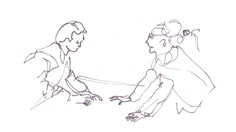
In 2006, Dietrich, Echavarria and Koppensteiner published the trilingual compilation Schlüsseltexte der Friedensforschung/ Key Texts of Peace Studies/ Textos claves de la Investigación para la Paz.
The so called Core Faculty was a circle that changed over the years. For a long time Belachew Gebrewold, Florencia Benitez-Schäfer, Andreas Oberprantacher, Fabian Patrick Mair, Birgit Allerstorfer, Paula Ditzel Facci, Catalina Vajello Piedrahita, Noah B. Taylor, Shawn R. Bryant, Karin Michalek and Sabrina Stein were involved. At Grillhof they met with the first directors of the Master, Anton Pelinka and Alan Scott.
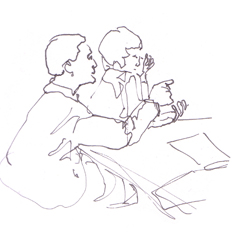
A global exchange of students and teachers quickly emerged. Among the many guest speakers were fror example Johan Galtung, Ekkehart Krippendorff, Peter Waldmann, Wolfgang Sachs, Chantal Mouffe, Ervin Laszlo, Wolfgang Sützl, Jenny Pearce, Hilary Cremin, Jennifer Murphy, Annette Weber, Isabelle Duquesne, Ed Brantmeier, Sikander Mehdi, Christopher Mitchell, Alberto Gomes, Walt Kilroy and Gal Harmat. Exchange and team play with them created a dynamic marketplace of ideas under the brand the Innsbruck School. This resulted in projects and collaborations in research, teaching and practice with universities and other institutions on all continents.
The cooperation with institutions that are engaged in applied conflict work united their expertise with the academic requirement and created an extraordinary learning atmosphere. For example, the Austrian Armed Forces and its experienced officers under the command of Major General Herbert Bauer provided each semester more than a week long simulation of civil-military peace operations. There were field relevant trainings with the Red Cross, the Fire Fighters, the Tyrolean Water and the Cave Rescue Teams. Or team building, leadership and relationship trainings were conducted as rafting or caving. The movie Masters of Peace by Sananda Kirschner from 2014 recorded some of this.

Regarding its content and method, the Innsbruck School is rooted in considerations of postmodern philosophy, interpretive ethnology, democratic pedagogy. Most of its inspiriation comes from humanistic psychology and person-centered psychotherapy. In its book series Elicitiva – Friedensforschung und humanistische Psychologie, editorially assisted by Matthias Gossner, the UNESCO Chair provided a platform for voices of these currents who were not necessarily involved in Innsbruck. Also the book series Die Kommende Demokratie dealt with these topics. Daniela Ingruber and Maria Dalhoff, among others, are published there.
Introspective and body-oriented elements also played an important role. The curriculum provided for this in a separate module. Many guest lecturers taught there. Among them frequently were Augusto Boal, David Diamond, Armin Staffler, Birgit Fritz, Sylvester Walch, Albrecht Mahr and Winfried Wagner. Wagner also edited an exemplary compilation on Aikido – the Trinity of Conflict Transformation in the Elicitiva book series. Regular training also took place at the Native Spirit Wildnisschule or was conducted by the Lalish Theaterlabor.
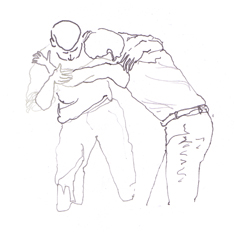
In Innsbruck, most of all the work of Norbert Koppensteiner represented these aspects. He drafted his understanding of peace studies in 2009 in The Art of the Transpersonal Self. A decade later the seminal book Transrational Peace Research and Elicitive Facilitation. The Self as (Re)Source reflects his experience as program coordinator. Even more importantly, it highlights the methodological and didactical know-how that he had developed in his years as professor and facilitator in Innsbruck. In a way, this book already points towards an approach beyond the conventional terminology of the Innsbruck School.
With Josefina Echavarria and Daniela Ingruber, Koppensteiner edited in 2018 Transrational Resonances. This is a compilation that also illustrated the varied mindsets of many participants in Innsbruck’s circle.
As early as 2014, a special issue of the Journal of Conflictology in Barcelona put a focus on the Innsbruck School. In 2019, the Journal of Peace Education also published a topical issue titled Transrational Perspectives in Peace Education. It was edited by Hanne Tjersland and Paula Ditzel Facci. Beside the editors published Dietrich, Bryant, Echavarria and Taylor along with colleagues from Cambridge University such as Hilary Cremin, Kevin Kester and Tim Archer in this volume. It gives excellent evidence of what the Innsbruck School has been in its heyday. This volume was re-edited by Routledge in 2024.
Ditzel Facci’s Dancing Conflicts, Unfolding Peaces. Movement as Method to Elicit Conflict Transformation dealt in 2020 with a form of body orientation that was prominent in Innsbruck.
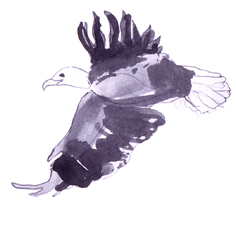
In this time, the Innsbruck School gained worldwide attention. They received invitations around the globe for testing their innovative approach to academic facilitating and applied conflict work. This had the probably most sustainable effect with Paz & Mente in Brazil and Al Amal in Iraq.
Josefina Echavarria, Adham Hamed and Noah Taylor reported some of that in Elicitive Curricular Development: A Manual for Scholar-Practitioners Developing Courses in International Peace and Conflict Studies.
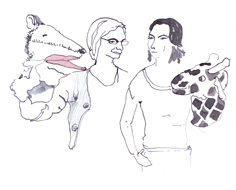
Noah Taylor and Shawn Bryant wrote Some Reflections on Elicitive Approaches to Peace Studies in Higher Education. Taylor and Bryant also run a Youtube channel titled Transrational Perspectives. With regard to their contents, these videos discuss topics related to the Innsbruck School. With his 2023 book Existential Risks in Peace and Conflict Studies Taylor has also taken the approaches of the Innsbruck School into research on the connections between peace and human survival.
Catalina Vallejo Piedrahita and Florencia Benitez-Schäfer worked on the legal aspects of Innsbruck’s approach. Benitez-Schäfer published on this already in 2014 alongside Dietrich and Echavarria in the Journal for Conflictology. Even before, in 2013, Benitez-Schäfer and Vallejo Piedrahita co-authored with Bryant y Taylor Conflicting Peaces: Engaging with Diversity in Friction in The International Journal of Community Diversity. Vallejo Piedrahita’s 2024 published essay Making Peace with the Rights of Nature: New Tools for Conflict Transformation in the Anthropocene points in an impressive manner to the future of this approach.
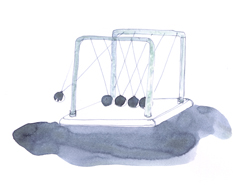
Since 2010, the graduates from Innsbruck’s peace studies have had the chance to publish excellent Master-theses in a book series exclusive for them. The Masters of Peace appeared first with LIT, the later with Springer, and finally open access with IUP.

After the intense common learning experience, the alumni of the Innsbruck School usually keep close contact. They support each other in initiatives that follow different aims after their studies. Among the many initiatives started, they founded the Many Peaces Magazine. Since 2014, it has discussed their view on the Innsbruck School. A self- organized Peace Studies Fund was created where alumns of the program work to support subsequent cohort’s students.
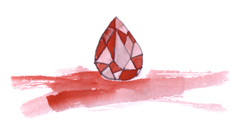
The expiration of the continuing education program and the transition to regular studies went hand in hand with personnel changes. Most of the mentioned persons continued their careers and the work on these considerations at universities or other institutions abroad. Wolfgang Dietrich contemplates in his Brahmacharria on peace as an activity and proceeding in systemic contexts:
